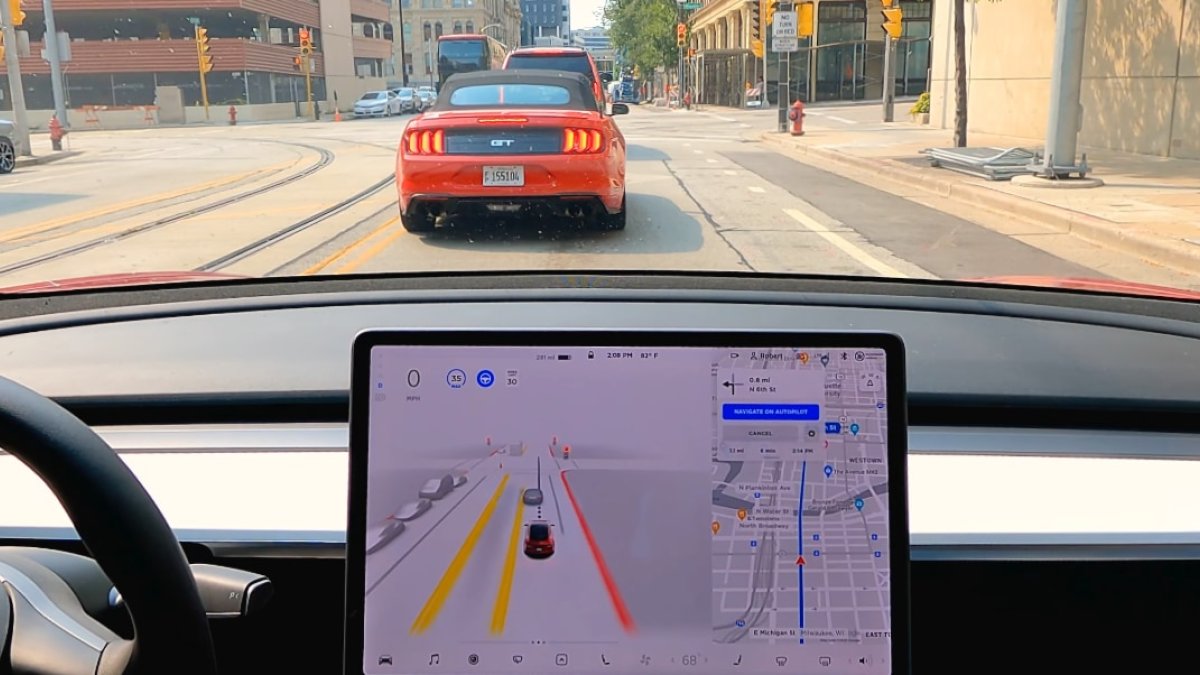I use the basic TACC (commonly called adaptive cruise control) very frequently when my itinerary goes thru lot of long sections of straight roads(.
When it comes to an intersection with car(s) already stopped there, the M3 RWD does not start slowing down until it is about 5 car length from the one in front.
That gives my wife as a passenger a sense of discomfort.
I know that TACC is meant for highway driving but I found that it really helps me in city too. And I ALWAYS stay ALERT, ready to take over control in less than a second.
Is there a setup that tell the car to start slowing down about 8 or 10 car length from the car in front ?
When it comes to an intersection with car(s) already stopped there, the M3 RWD does not start slowing down until it is about 5 car length from the one in front.
That gives my wife as a passenger a sense of discomfort.
I know that TACC is meant for highway driving but I found that it really helps me in city too. And I ALWAYS stay ALERT, ready to take over control in less than a second.
Is there a setup that tell the car to start slowing down about 8 or 10 car length from the car in front ?



